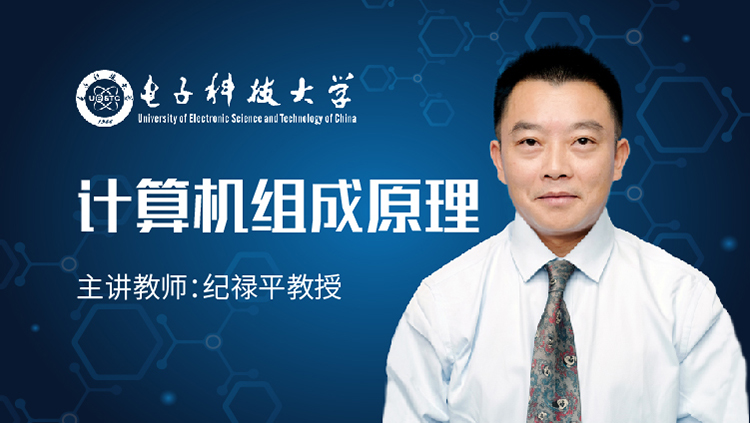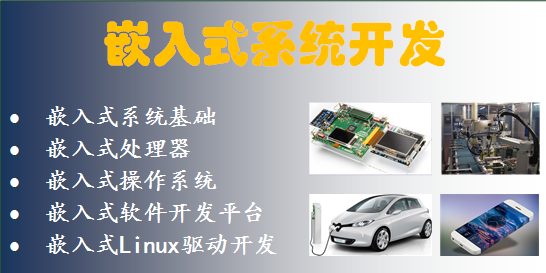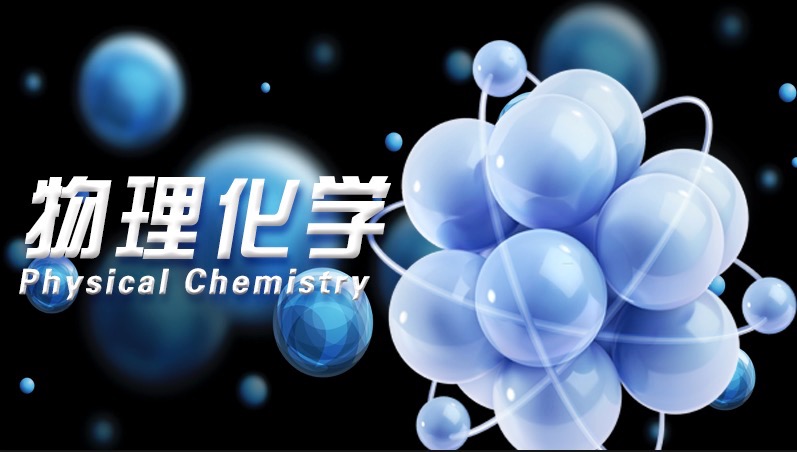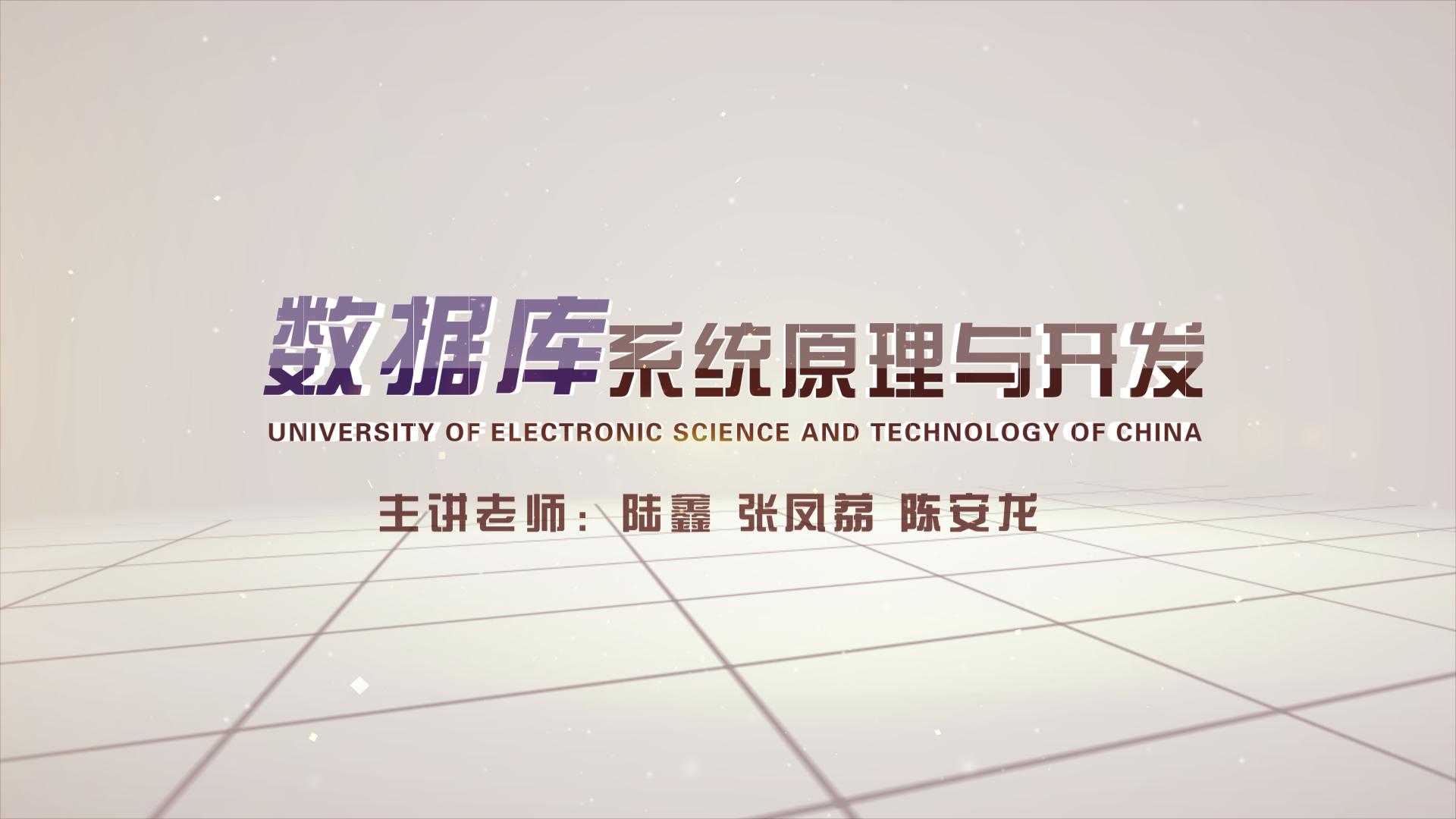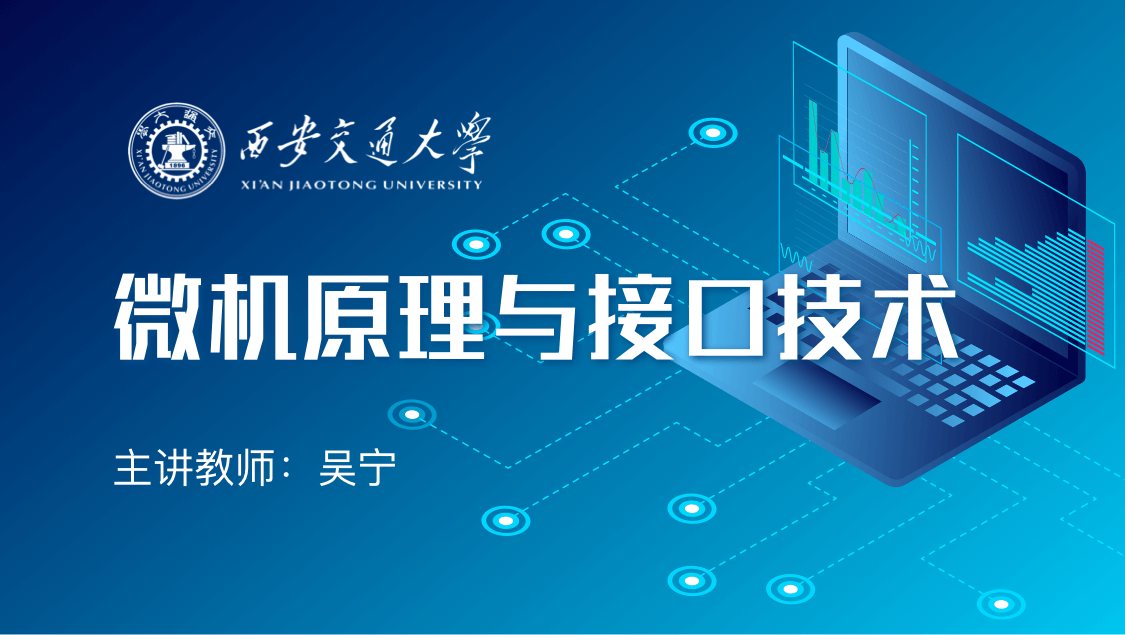
当前课程知识点:量子力学前沿选题 > Chapter 10 Bose-Einstein Condensation > Homework10 > S4.2 Direct Demonstration of the Complemetarity Principle by Atomic interferometry (1)
波尔他就给出来这句话
原话我还是解释一下
There are two aspects, the two together
offer science a more complete view and
understanding of the atomic world
than either could offer separately.
他就说这个我们
来研究这个原子世界
你这个原子世界它有两个面貌
一个是波一个是粒子
只有它具有两种面貌的时候
才能给你一个关于原子世界
更完全的一个理解
下面还有一句
Each separate aspect complements the other
每一种面貌来
它补充另外一个面貌
但是在量子力学问题在哪儿
这两种面貌它是互相排斥的
在一定的意义上来讲
它是互相排斥的
因为你比如说你
它是有一定的这个动量的
有这个波动性的
那这个时候它实际上
量子力学有个波P的动量的分布
粒子性你得看到它在哪儿
它就有个X分布
这俩你要一个好那个就坏
那个好这个就坏
你没法要两个很好的分布
给你一个粒子的
这个一个它的轨道的图像
这就是量子力学
所以它的波性和它的粒子性
它是互相排斥的
那么这个就是波尔的这个
Complementary
波尔当然因为他
对于物理学的贡献
在丹麦皇家授予他
皇家的这个白象勋章
White elephant
那么你要得勋章
你就必须有你家族的一个族训
那波尔他没有
所以就得临时凑一个
于是波尔他临时写了一个家训
然后有一个他临时就做了
一个他家族的这个图章
你看用的是什么
用的是中国的太极图
阴和阳
他的这个家族的族训
叫做什么呢
原来有这个词我再把它找出来
在这这个红字
这是拉丁文我不会发音
Contraria sunt Complementa
是对立是互相统一的
对立统一
太极图
这就说明波尔
对于中国的古典哲学
他是非常喜好的
好 下面就要讲一个重要的实验
是MIT的Pritchard教授做的实验
这个实验就是让你看这个
波尔的这个Complementary
刚才说你要是拿光照一照
看看这个电子从哪儿过
你这个最后的这个图像就没有了
问题是你真拿光在那照
效率太低了
因为你电子通过的时候
你拿光去照它
你要这个光在电子上发生散射
光在电子上散射的截面是很小的
你看不那么清
那你照那半天
过了一万个电子
它可能有一个给的散射
多数情况你根本看不见
所以这个只能是个理想
想象中的实验
是个Gedanken experiment
那么Pritchard这个实验
就是他想了一个办法
什么办法呢
我让这个先衍射然后发生干涉的
不是电子而是原子
我用原子的物质波来发生干涉
这个时候原子我怎么知道
它从哪儿过呢
好办
我用共振激光去照射它
我这个激光的波长
正好和你原子的
这个两个能级之间的
跃迁的这个波长一样
那你一照几乎是一个准
最后一个结果大概是88%
现在把他这个实验的
这个最基本的这个情况
给大家介绍一下
他是这样的
我原子进来了
我这有三个光栅就是grating
光栅不就是有很多洞嘛
它通过第一个光栅的时候
这个光栅就作为分束器
叫做beam splitter
它就一束就分成两束了
这束就是光栅的central maximum
这个是first principle maximum
拐弯了
好 第二个就是个double slit
我这过来一个原子
它可以在两束里面
一束通过上面的slit
一束通过下面的slit
这样的话通过上面的这个
还是一个first principle maximum
所以它拐弯了
这个也是个first principle maximum
到这了
然后再往前走
这两个就正好就在这重合了
重合的时候就会在这发生干涉
然后下面会有仔细的分析
我先说它的总设想
然后我就在这
用一共振激光来照射
照射这个原子
这个原子几乎肯定的
会把这个光吸收掉
吸收了以后
它激发了它要退激
于是它放出一个光子
所以你进来一个它放了一个
你愿意的话你也可以测量
这个放射的这个光子
你这样一来的话
你就可以不同程度的
让后面的这个原来得到的
干涉条纹部分消失
或者消失得很厉害
或者干脆完全消失
那看你这个地方
这个激光效果如何
也就是它放的位置如何
这个当然下面仔细来看
-S1.1 Algebraic method of solving the 1D harmonic oscillator eigenproblem(1).
-S1.1 Algebraic method of solving the 1D harmonic oscillator eigenproblem(2)
-S1.2 Particle number representation, particle creation & annihilation operators
-S1.3 Change of basis and dynamical variables S1.4The continuous one-particle spectrum
-S1.4 The continuous one-particle spectrum S1.5 Quantum dynamics: Time evolution
-S1.6 Density matrix & 2-particle correlation function for non-interacting Bose & Fermi gas
-S1.7 BCS wave function, Bogolinbov transformation and quasiparticle excitation(1)
-S1.7 BCS wave function, Bogolinbov transformation and quasiparticle excitation(2)
-S1.7 BCS wave function, Bogolinbov transformation and quasiparticle excitation(3)
-Homework1
-S3.2 The evaluation of path integral
-S3.3 Example: harmonic oscillator problem solved by path integral
- S3.4 Density matrix & path integral S3.5 Density matrix in statistical mechanism
-S3.6 Path integral for oscillator recalculated
-Homework 3
-§4.1 Formation of interference pattern in a double slit experiment with electrons
-S4.2 Direct Demonstration of the Complemetarity Principle by Atomic interferometry (1)
-S4.2 Direct Demonstration of the Complemetarity Principle by Atomic interferometry (2)
-S4.3 Single photon interference experiment S4.4 Multi-particle interferometry
-S4.5 Two-photon interferometer as a quantum eraser S4.6 EPR paradox & Bell theorem(1)
-S4.6 EPR paradox & Bell theorem(2)
-S4.6 EPR paradox & Bell theorem(3)
-S4.7 Experimental Verification of Bell inequality
-Homework4
-S5.1 Geometrical phase in quantum mechanism(1)
-S5.1 Geometrical phase in quantum mechanism(2)
-S5.2 Experimental Verification of the Aharonov- Bohm effect S5.3 The Abaronov-Casher effect
-S5.4 Parallel Transport, Connexion, Curvature & Anholonomy
-Homework5
-S6.1 Schroedinger's harmonic oscillator wave packet S6.2 Coherent states
-S6.3 Circular orbit wave packet of H atom S6.4 SO(4) Dynamical symmetry of H atom
-S6.5 Principle of superposition and the quantum decoherence
-S6.6 Decoherence caused by interaction with environment
-S6.7 Schrödinger’s cat realized in the laboratory
-S6.8 Wave function with a macroscopic significance
-Homework6
-S7.1 Spin wave theory in Heisenberg model
-S7.1 Spin wave theory in Heisenberg model(2)
-S7.3 1D quantum AFM chain & Topological phase factor
-S7.4 Lieb-Schultz-Mattis theorem
-S7.5 Significance of topological term
-Homework7
-S8.1 Interaction between radiation fields & the atom(1)
-S8.1 Interaction between radiation fields & the atom(2)
-S8.2 The Jaynes-Cummings model S8.3 Suppression & Enhancement of spontaneous
-S8.5 Inverse Stern-Gerlach Effect S8.6 The atom-cavity dispersive phase shift effect
-S8.7 Ramsey interferometer: the atomic clock
-S8.8 Detecting photons with a Rydberg clock S8.9 Schrodinger cat and decoherence S8.10 The Dark sta
-S8.11 Dicke Model and Phase Transitions(1)
-S8.11 Dicke Model and Phase Transitions(2)
-S8.11 Dicke Model and Phase Transitions(3)
-S8.11 Dicke Model and Phase Transitions(4)
-Homework8
-S9.1 Quantum Hall: Classical S9.2 Electrons in uniform magneti field, the Landau level
-S9.2 2D problem under strong magnetic field
-S9.3 The integer quantum Hall effect(1)
-S9.3 The integer quantum Hall effect(2)
-S9.3 The integer quantum Hall effect(3)
-S9.4 The fractional quantum Hall effect
-S9.4 Quantum anomalous Hall effect(1)
-S9.4 Quantum anomalous Hall effect(2)
-S9.5 Quantum spin Hall effect
-Homework9
-S10.1 Introduction S10.2 Order parameter and phsae coherence(1)
-S10.2 Order parameter and phase coherence(2)
-S10.3 Gross-Pitaevskii equation, ground state and excitations
-S10.4 The superfluid face of BEC
-S10.5 BEC in double Well & Josephson effect
-S10.6 Quantum phase transition
-Homework10
